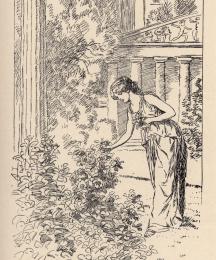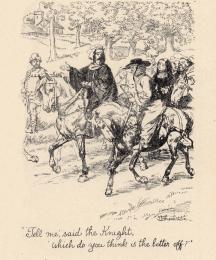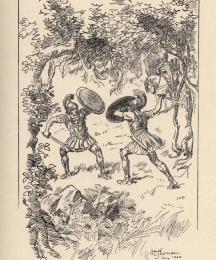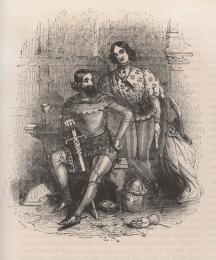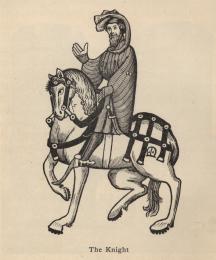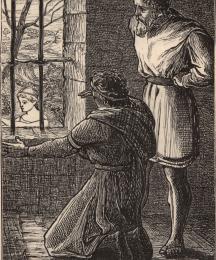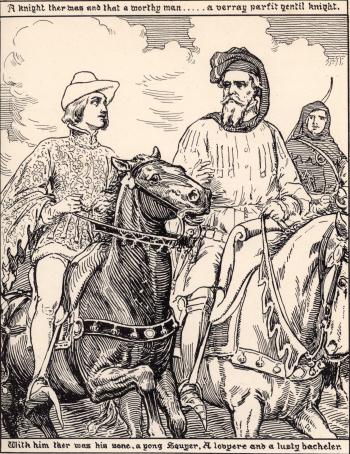
"A knyght ther was, and that a worthy man,
That fro the tyme that he first bigan
To riden out, he loved chivalrie,
Trouthe and honour, fredom and curteisie.
Ful worthy was he in his lordes werre,
And therto hadde he riden, no man ferre,
As wel in cristendom as in hethenesse,
And evere honoured for his worthynesse." (43-50)
The Knight's Tale focuses on two young men, Palamon and Arcite, prisoners of the duke Theseus in Athens. Both young knights fall in love with the same woman, Emelye, and are eventually driven to fighting each other for her hand in marriage. Arcite wins, but dies of his injuries, and after a time of mourning, Palamon and Emelye are wed.
That fro the tyme that he first bigan
To riden out, he loved chivalrie,
Trouthe and honour, fredom and curteisie.
Ful worthy was he in his lordes werre,
And therto hadde he riden, no man ferre,
As wel in cristendom as in hethenesse,
And evere honoured for his worthynesse." (43-50)
The Knight's Tale focuses on two young men, Palamon and Arcite, prisoners of the duke Theseus in Athens. Both young knights fall in love with the same woman, Emelye, and are eventually driven to fighting each other for her hand in marriage. Arcite wins, but dies of his injuries, and after a time of mourning, Palamon and Emelye are wed.
Anne Anderson (1874 - 1930)
Edward Coley Burne-Jones (1833 - June 16, 1898)
Sir W. Russell Flint (1880 - 1969)
Mrs. H. R. Haweis (1848 - 1898)
M. L. Kirk (1860 - 1938)
W. Heath Robinson (1872 - 1944)
John Saunders (1811 - 1895)
Hugh Thomson (1860 - 1920)
Anne Anderson (1874 - 1930)

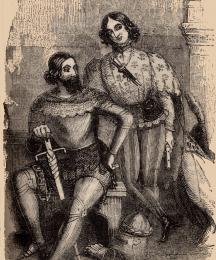
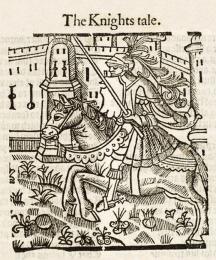
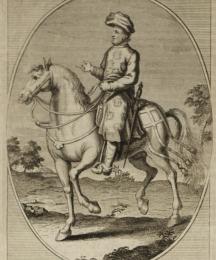
Edward Coley Burne-Jones (1833 - June 16, 1898)
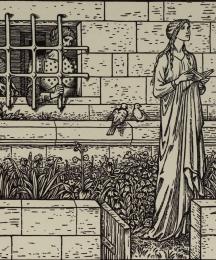
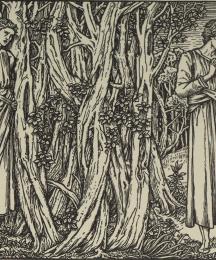

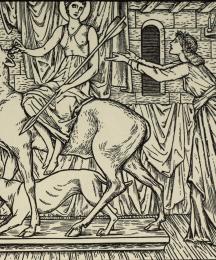
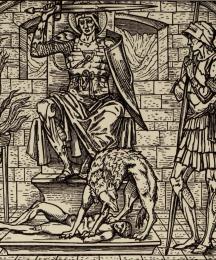
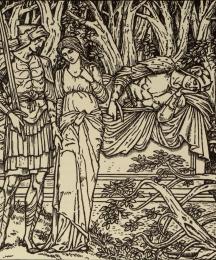
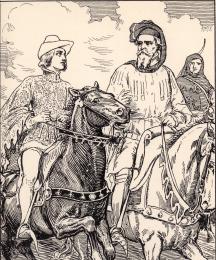
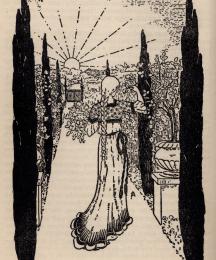
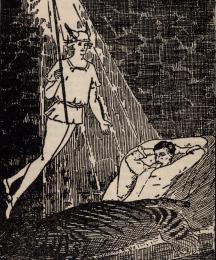
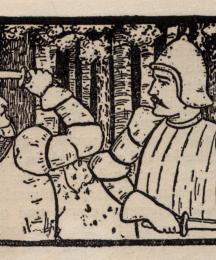
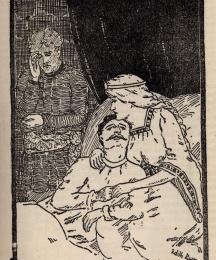
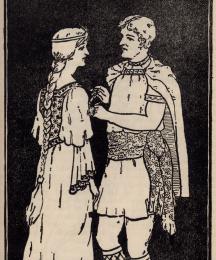
Sir W. Russell Flint (1880 - 1969)
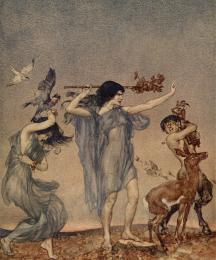
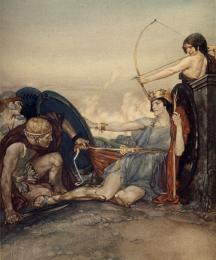
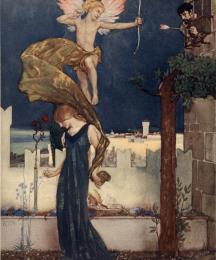
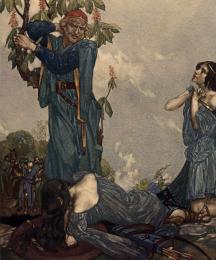
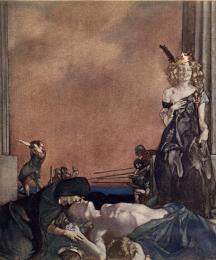
Mrs. H. R. Haweis (1848 - 1898)
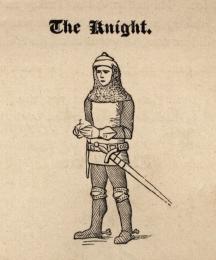
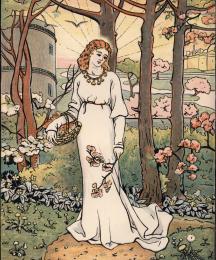
M. L. Kirk (1860 - 1938)


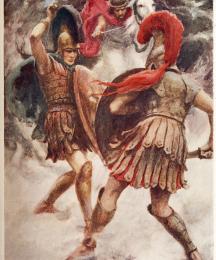

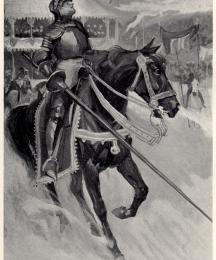
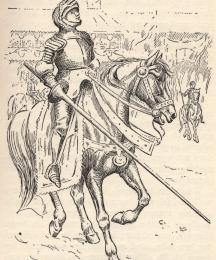
W. Heath Robinson (1872 - 1944)
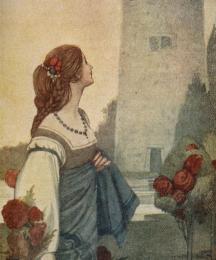

John Saunders (1811 - 1895)
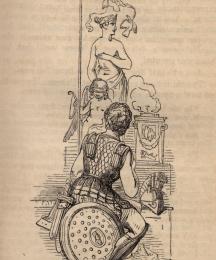
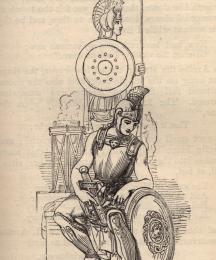
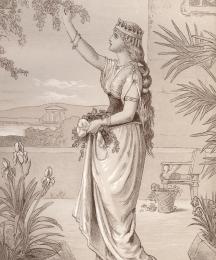
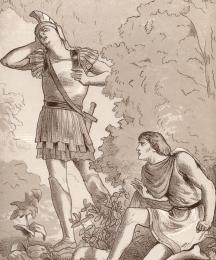
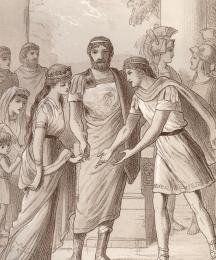
Hugh Thomson (1860 - 1920)
